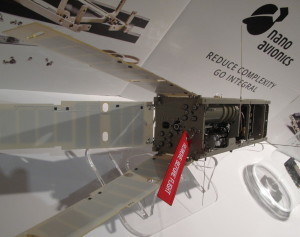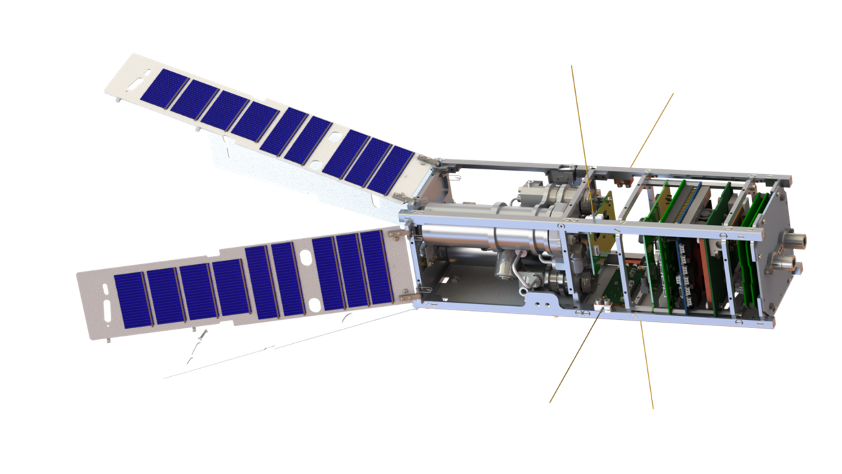Mission overview
LituanicaSAT-2 is 3U CubeSat mission led by Vilnius University. The mission is a part of a network of 50 nano-satellites called “QB50” (EU 7FP project) led by Von Karman Institute, Belgium that will be launched to LEO in 2016/2017.
Mission objectives
• In orbit demonstration of propulsion system prototype developed by Vilnius University and NanoAvionics. The experiment is to demonstrate the orbital maneuvering and drag compensation capabilities of a 3 kilo CubeSat using an integral green monopropellant micro-thruster powerful enough to perform impulsive Hohman orbital transfer, orbit shape corrections or change of inclination. The idea behind this experiment is to increase TRL of small-satellite micro propulsion which would be developed as commercial product.
• “QB50“ mission science objective is to carry out a long term measurements of key parameters and constituents in yet largely unexplored lower thermosphere and ionosphere.
• Test of the data uplink and downlink capability between CubeSats and remotely piloted aircraft systems (RPAS). The purpose of the experiment is to determine technical challenges associated with RPAS and CubeSat radio communication and prove the feasibility of such networks.
CubeSat Overview
LituanicaSAT-2 is a 3U CubeSat, consisting of 3 main modules: a science unit, a functional unit and an experimental unit – “green” propulsion system. The science unit will contain a set of sensors for QB50 scientific mission called FIPEX which gathers information about the atomic and molecular oxygen density in thermosphere.
 Functional unit consists from NanoAvionics Command and Service module “SatBus 3C0“ and GomSpace “P31u” EPS module. NanoAvionics “SatBus 3C0“combines UHF radio, on-board computer and ADCS computer in one single PCB. Solar cell arrays are silicon crystalline type, with maximum efficiency of 17%. Solar panels deploy to form space dart configuration which provides passive aerodynamic stabilization with velocity vector pointing accuracy of about ±5 degrees. 2 magnetorquer rods and one coil is used to generate B-dot rate damping torque. External fine sun sensors are used to determine the angle of the incident sun rays with accuracy down to ±0.5 degrees. In-house developed structure is machined skeleton type and provides rigid structural support for propulsion sub-system.
Functional unit consists from NanoAvionics Command and Service module “SatBus 3C0“ and GomSpace “P31u” EPS module. NanoAvionics “SatBus 3C0“combines UHF radio, on-board computer and ADCS computer in one single PCB. Solar cell arrays are silicon crystalline type, with maximum efficiency of 17%. Solar panels deploy to form space dart configuration which provides passive aerodynamic stabilization with velocity vector pointing accuracy of about ±5 degrees. 2 magnetorquer rods and one coil is used to generate B-dot rate damping torque. External fine sun sensors are used to determine the angle of the incident sun rays with accuracy down to ±0.5 degrees. In-house developed structure is machined skeleton type and provides rigid structural support for propulsion sub-system.
The propulsion sub-system is designed to provide 0.3N thrust and up to 200 m/s of delta V. The fuel used is a contemporary green monopropellant fuel blend based on ADN. It gives 252s of Isp, has a density of 1.24 g/cm3 with a chamber temperature of 1600°C. Key fuel selection factors were non-toxicity, stability and benign handling properties at the same time giving very similar or even better performance as a worldwide proven hydrazine monopropellants. Current TRL is at level 5/6.
Contact
Project URL: http://n-avionics.com/project-lituanicasat-2
Contact person : Vytenis Buzas, +370 663 53355, vytenis@n-avionics.com

